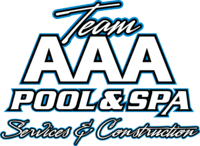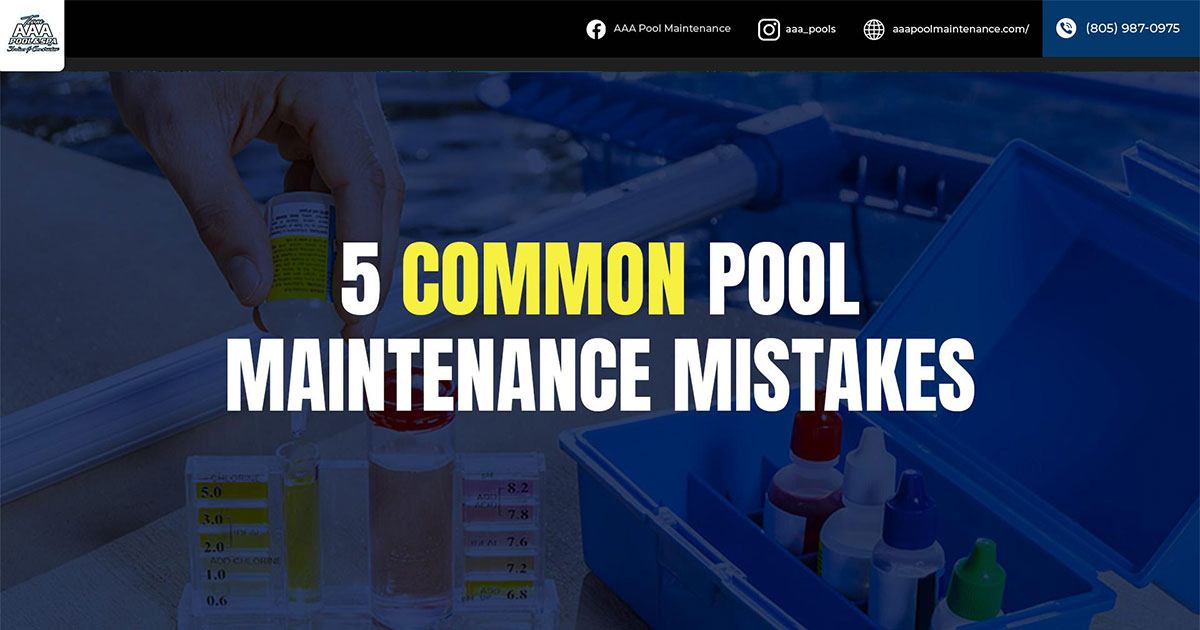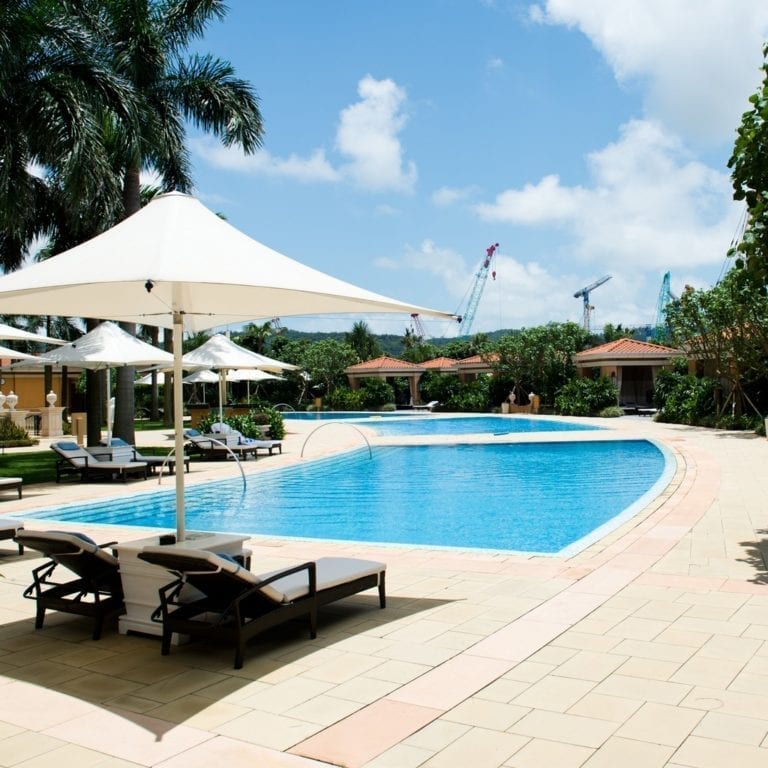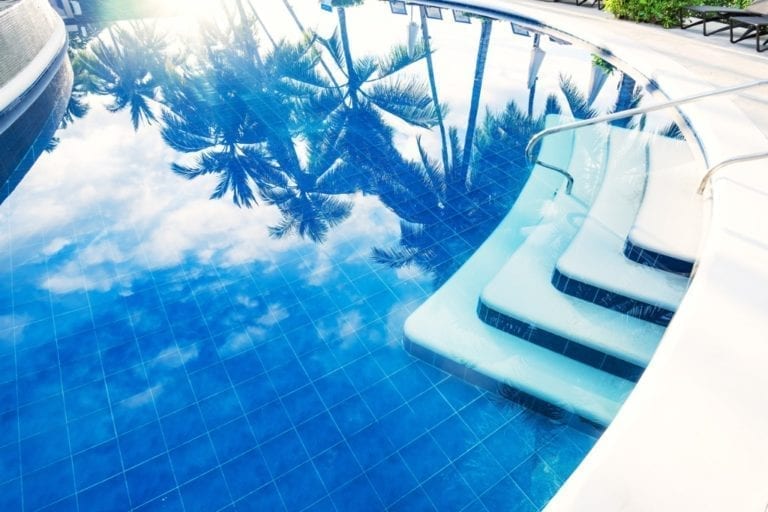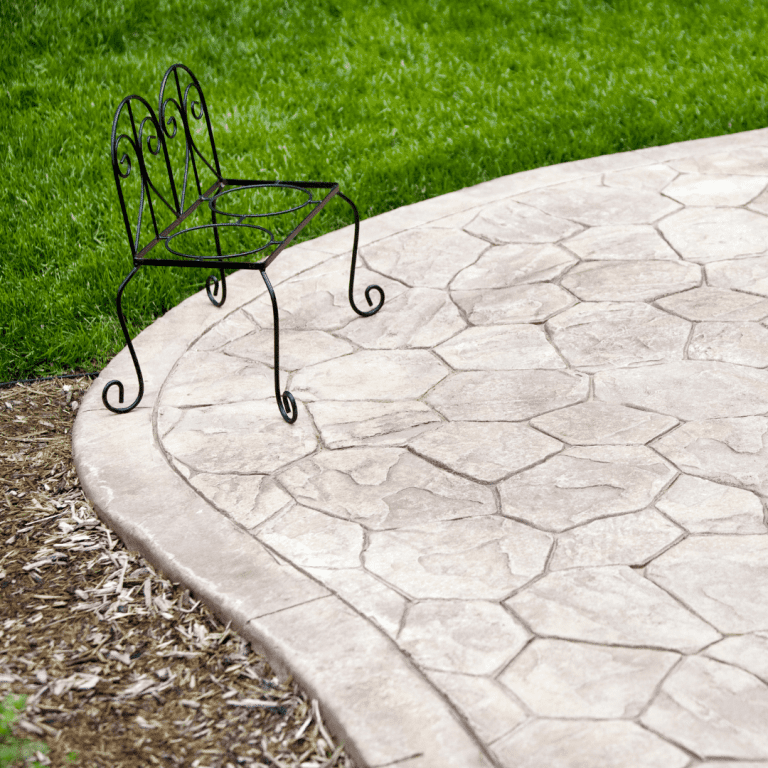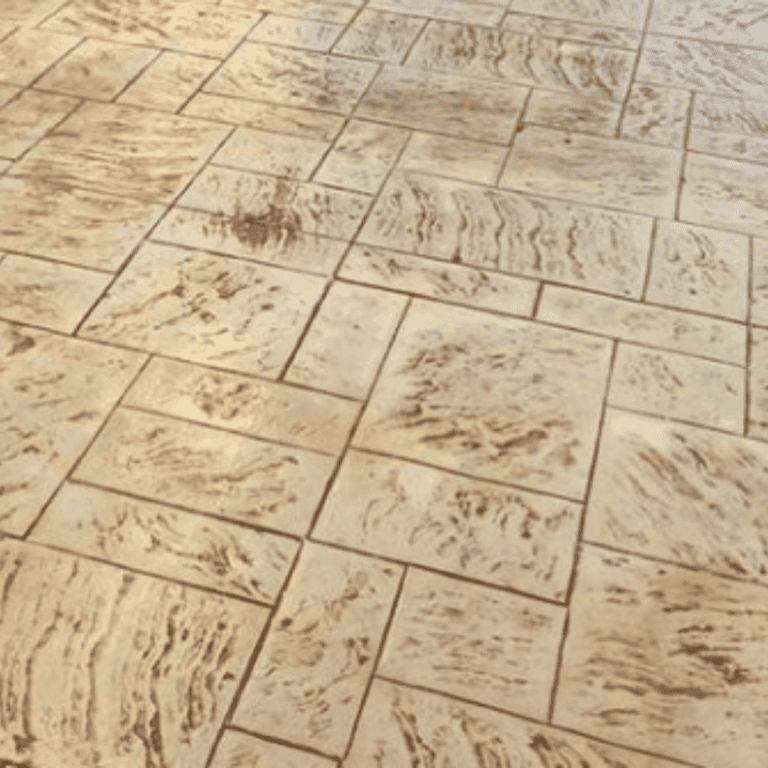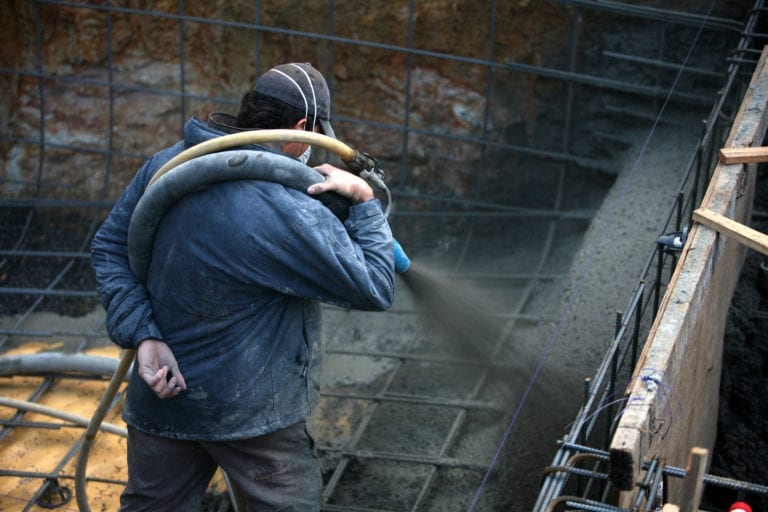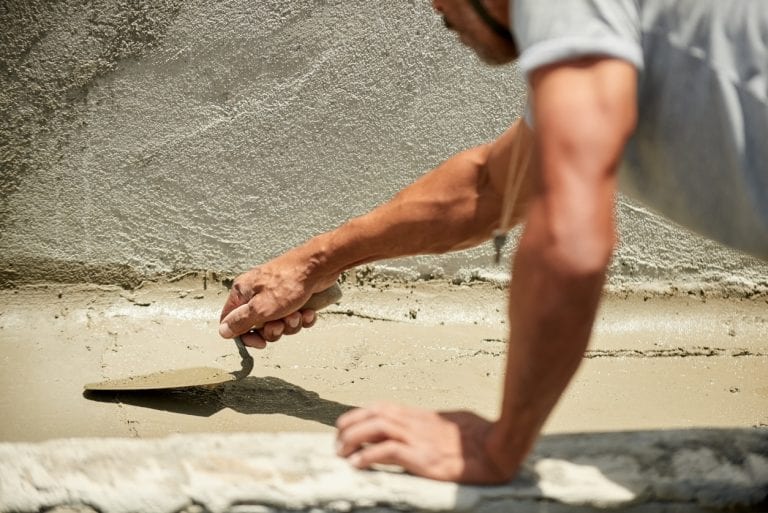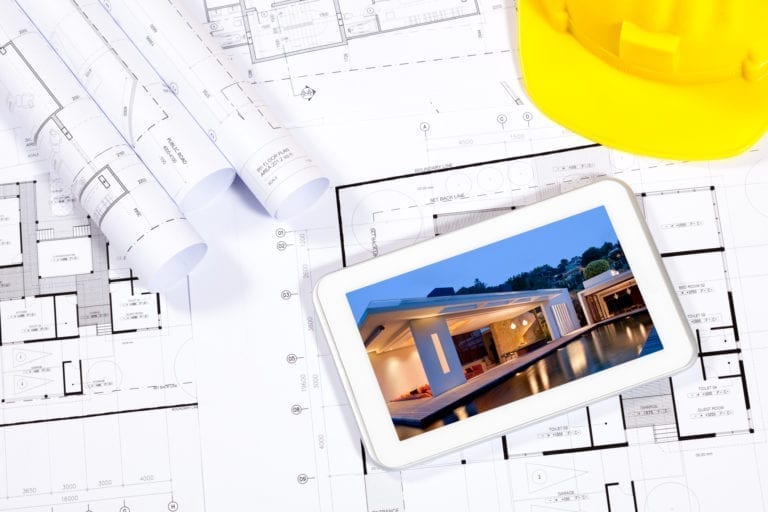Making pool maintenance mistakes ranks on our personal fun scale somewhere between tripping on a rake and getting kicked in the tender bits. But mistakes are really just opportunities to learn. Educating yourself on the most common pool maintenance mistakes helps you keep your pool safer, cleaner, and running efficiently with less mess and frustration. In this article, we will discuss the 5 common pool maintenance mistakes to avoid and provide expert advice on proper pool care to maintain a sparkling and healthy pool all season long.
1. A pool filled with murky water and debris, surrounded by neglected pool equipment. 2. A frustrated homeowner staring at a cloudy pool while holding an empty bottle of chlorine. 3. A broken pool pump spewing water everywhere, with a panicked person trying to figure out what to do. 4. A dangerous situation where a child or pet has fallen into the pool due to an unlatched gate or fence. 5. A neglected pool filter covered in mold and algae, with the surrounding area looking run-down and dirty.

Key Takeaways:
- Avoid adding shock directly into the pool water to prevent damage to the pool liner.
- Regularly brush your pool to prevent algae and gunk buildup.
- Use a manual vacuum for algae removal instead of relying on automatic pool cleaners.
- Don’t ignore pH and alkalinity levels in your pool; maintain a balanced pH for a healthy pool.
- Backwash your pool filter only when necessary to maintain optimal performance.
Proper pool maintenance is essential for maintaining a healthy and clean pool. By avoiding these common pool maintenance mistakes and following our expert advice, you can ensure the longevity and enjoyment of your pool. So, grab your pool brush, test your pool water, and dive into a summer of endless fun!
Contact AAA Pool Maintenance today at (805) 987-0975 for all your pool and spa maintenance, construction, and repair needs in Camarillo and Ventura County. With over 50 years of expertise, we are here to help you keep your pool in top shape.
Adding Shock Directly Into The Pool Water
One common pool maintenance mistake is adding shock directly into the pool water. This can be a disaster, especially if you have a vinyl liner. The shock granules can sink to the bottom and bleach out the liner, causing leaks. The solution is to pre-dissolve the shock in a bucket of water before adding it to the pool. This allows the shock to disperse more evenly in the water, protecting the liner, pool walls, and floor. It is also important to remember always to add chemicals to water, not water to chemicals, and to fill the bucket with water first to avoid splashback. Additionally, using warm water can help dissolve the shock more easily, but be cautious of chlorine steam and wear protective eyewear, a chemical mask, and chemical-resistant gloves.
Protecting Your Pool Liner
When adding shock directly into the pool water, the shock granules can sink to the bottom and damage your pool liner, especially if it is made of vinyl. Bleaching and leaks can occur, leading to costly repairs. To prevent this, follow these steps to protect your pool liner:
- Fill a bucket with water about halfway.
- Add the recommended amount of shock to the bucket.
- Stir the water and shock together until the shock is fully dissolved.
- Pour the dissolved shock evenly around the pool while walking around the perimeter.
By pre-dissolving the shock in water, you ensure that it is properly dispersed in the pool, reducing the risk of damage to your pool liner.
| Common Mistake | Correct Method |
|---|---|
| Adding shock directly to the pool water | Pre-dissolve shock in a bucket of water before adding it to the pool |
| Not protecting the pool liner | Ensure shock is evenly distributed to avoid damage to the liner |
| Adding chemicals to water | Add water to chemicals to prevent splashing and potential injuries |
Remember, taking the extra step to pre-dissolve shock in a bucket of water and then adding it to your pool will help protect your pool liner and ensure proper shock dispersal throughout the water. Avoiding this common pool maintenance mistake will save you time, money, and frustration in the long run.
Show a bucket filled with water and shock powder being poured into it. The water is bubbling up as the shock dissolves completely. In the background, a pool is visible with crystal clear water, emphasizing the importance of properly dissolving shock before adding it to the pool.
Not Brushing Your Pool
When it comes to pool maintenance, many people focus solely on vacuuming to remove debris. However, failing to brush your pool regularly is a common mistake that can lead to the buildup of algae and other unsightly gunk. Brushing your pool is just as important as vacuuming, as it helps to prevent algae growth and keeps your pool water clean and clear.
Make sure to use a pool brush to reach all the hard-to-reach areas of your pool, such as behind ladders, the waterline, steps and stairs, and corners and crevices. These areas are often neglected and can quickly become breeding grounds for algae and other debris.
It is recommended to brush your pool at least once a week to maintain a healthy and pristine pool. By incorporating regular brushing into your pool maintenance routine, you can prevent algae and gunk buildup, ensuring that your pool stays beautiful and inviting all season long.
Create an image that depicts the negative effects of neglecting to brush a pool, with an emphasis on the buildup of algae and debris on the walls and floors. The image should showcase the contrast between a clean and sparkling pool and a neglected one, with the latter conveying a sense of uncleanliness and lack of maintenance. Use a color palette that contrasts bright, cheerful blues with dull, murky greens and browns to emphasize the importance of regular brushing to prevent the buildup of algae and other debris.
Areas to Brush in Your Pool
When brushing your pool, be sure to pay special attention to the following areas:
- The waterline: This is where oils, lotions, and other contaminants tend to accumulate.
- The steps and stairs: Algae and debris can easily hide in the nooks and crannies of your pool’s steps and stairs.
- Behind ladders: Algae and gunk often build up around the base of ladders, so be sure to brush this area thoroughly.
- Corners and crevices: These hard-to-reach spots are prime locations for algae growth, so give them some extra attention.
By brushing these areas regularly, you can prevent algae and gunk from taking hold, ensuring that your pool remains clean and inviting for everyone to enjoy.
AAA Pool Maintenance, with over 50 years of expertise in pool and spa maintenance, construction, and repairs in Camarillo and Ventura County, is here to help you keep your pool in the best possible condition. Call us at (805) 987-0975 for all your pool maintenance needs.
5 Common Pool Maintenance Mistake
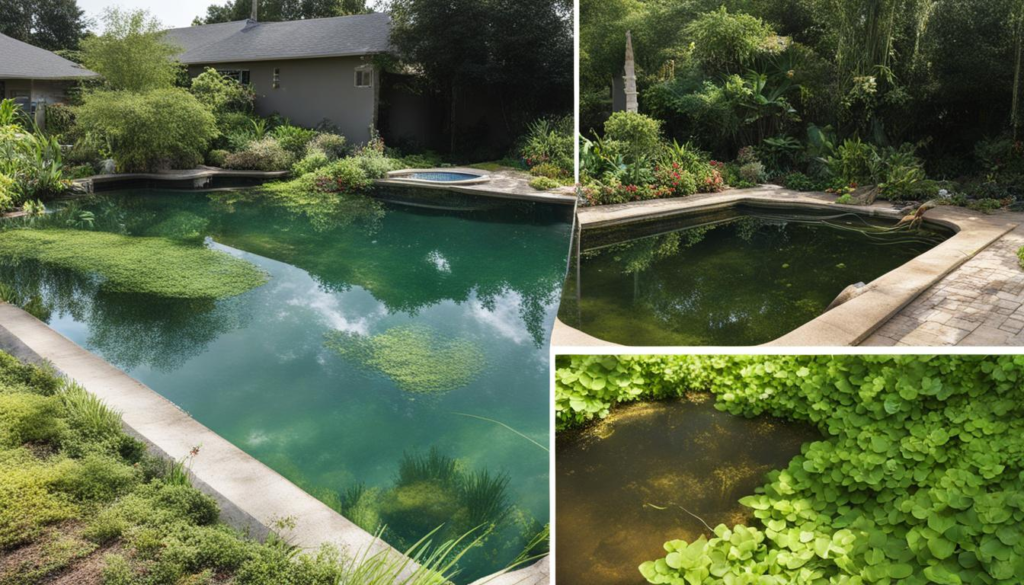
Using An Automatic Pool Cleaner When You Have An Algae Problem
Using an automatic pool cleaner when you have an algae problem is a common pool maintenance mistake. While these cleaners are effective in normal conditions, they are not as effective in removing algae. Pressure-side automatic pool cleaners push the algae and debris up through a mesh bag, giving the algae a tour of the pool but not removing it. Similarly, robotic pool cleaners have a fine mesh bag that can quickly clog with algae, leading to ineffective cleaning. The solution is to vacuum the pool manually, switch the filter to “waste,” or remove the drain plug. This will remove the algae from the pool and restore its cleanliness.
When dealing with an algae problem, it’s important to understand the drawbacks of automatic pool cleaners. Pressure-side cleaners, although effective for regular cleaning, are not designed to handle algae removal efficiently. The mesh bag they use can’t capture small algae particles effectively, resulting in incomplete cleaning and regrowth. On the other hand, robotic pool cleaners can struggle with algae as well. Their fine mesh bag can quickly become clogged, reducing their cleaning efficiency. That’s why manual vacuuming is the best method for dealing with an algae problem.
Manual vacuuming allows you to directly target the areas affected by algae and remove them effectively. By switching the filter to “waste” or removing the drain plug, you can eliminate the algae without reintroducing it to the pool. Manual vacuuming also gives you the opportunity to observe the severity of the algae problem and take appropriate action, such as adjusting the water chemistry or adding algaecide. While it may require a bit more effort, manual vacuuming ensures a thorough cleaning and eliminates the algae problem from your pool.
Benefits of Manual Vacuuming for Algae Removal
- Directly targets algae-infested areas for effective removal
- Prevents reintroduction of algae to the pool
- Allows for close observation of the severity of the algae problem
- Enables additional actions to be taken to address the underlying causes of algae growth
So, if you’re dealing with an algae problem in your pool, put away the automatic pool cleaner and grab a manual vacuum. By manually removing the algae, you can restore the cleanliness and beauty of your pool, ensuring a healthy swimming environment for you and your family.
| Automatic Pool Cleaners | Drawbacks |
|---|---|
| Pressure-side cleaners | Not designed for efficient algae removal |
| Robotic cleaners | Fine mesh bag can become quickly clogged with algae |
Ignoring Your pH and Alkalinity Levels
Ignoring the pH and alkalinity levels in your pool is a common maintenance mistake. pH is a measure of acidity or alkalinity in the water, and having a balanced pH is essential for a healthy pool. Low pH, indicating acidity, can cause damage to pool equipment such as the pump, filter, vinyl liner, heater, and automatic pool cleaner. It is important to test the pool water regularly and adjust the levels with a pH increaser, alkalinity increaser, and other essential chemicals to maintain a stable pH. The recommended pH range is between 7.2 and 7.8.
Poor pH balance not only affects the lifespan of your pool equipment but also impacts swimmer comfort and water clarity. When the pH is too low, the water becomes acidic, causing eye and skin irritation. On the other hand, when the pH is too high, the water becomes alkaline, leading to cloudy water and potential scaling on surfaces.
To maintain the ideal pH and alkalinity levels, test your pool water at least once weekly using a reliable pool water test kit. Follow the manufacturer’s instructions to measure the pH and alkalinity levels accurately. If the pH is too low, use a pH increaser to raise it to the recommended range. Similarly, if the alkalinity is too low, use an alkalinity increaser to return it to the optimal level. Regular monitoring and adjustment of these levels will help prevent equipment damage and ensure a comfortable swimming experience.
Importance of pH in Pool Water
The pH level of your pool water determines its acidity or alkalinity. Maintaining the correct pH range is crucial for several reasons:
- Equipment Protection: Low pH levels can corrode and damage pool equipment, leading to costly repairs or replacements.
- Water Clarity: Balanced pH promotes clear water by preventing scale formation and other deposits on pool surfaces.
- Bather Comfort: Proper pH levels ensure a comfortable swimming experience, minimizing eye and skin irritation.
- Chemical Efficiency: Correct pH levels maximize the effectiveness of pool sanitizers and other chemicals, reducing the amount needed for proper pool maintenance.
Regularly testing and adjusting the pH of your pool water is a vital part of proper pool care. By maintaining a balanced pH, you can enjoy a clean and inviting pool all season long.
Backwashing Your Pool Filter Too Often
One common pool maintenance mistake is backwashing the pool filter too often. While backwashing is necessary to clean the filter media, doing it excessively can actually harm the filter’s performance. The optimal time to backwash is when the pressure gauge reads between 10 and 15 pounds per square inch (psi), which is the baseline for optimal filter efficiency.
It’s important to understand that accumulated debris in the filter can actually improve its function by trapping finer particles. Backwashing too frequently prevents the filter from reaching its full potential regarding debris accumulation and filtration. To maintain the filter’s efficiency, backwash only when the pressure rises to around 10 psi above the baseline reading. This ensures that the filter continues to operate effectively while still removing debris from your pool.
Regularly monitoring the pressure gauge and backwashing at the appropriate time will not only help keep your pool water clean but also extend the lifespan of your pool filter. By avoiding the mistake of excessive backwashing, you’ll maintain an efficient filtration system and enjoy a sparkling clean pool all season long.
Benefits of Debris Accumulation
It may seem counterintuitive, but allowing some debris accumulation in your pool filter actually has its benefits. The trapped debris acts as a natural filter, capturing smaller particles that would otherwise pass through the filter media. This can help improve water clarity and reduce the workload of your filtration system.
Additionally, when the filter is partially filled with debris, it provides a larger surface area for water flow. This promotes better circulation and distribution of sanitizing chemicals throughout the pool, leading to more effective water treatment. So, by backwashing your pool filter only when necessary, you can maximize the advantages of debris accumulation and maintain a cleaner and healthier pool environment. Our team is ready to provide you with the best class of comprehensive pool designs and build services, including hardscaping and landscaping work.
| Optimal Pressure for Filter Performance | Backwashing Pressure |
|---|---|
| 10-15 psi | When pressure rises to around 10 psi above baseline |
Conclusion
In conclusion, proper pool maintenance is crucial for maintaining a healthy and clean pool. By avoiding common pool maintenance mistakes, you can ensure the longevity and enjoyment of your pool. At AAA Pool Maintenance, with over 50 years of expertise in pool and spa maintenance, construction, and repairs in Camarillo and Ventura County, we understand the importance of proper pool care.
Remember to follow a regular cleaning schedule and wear appropriate swimming attire while maintaining the water level. Running the pool filter and pump for at least 8 hours daily is also essential. By pre-dissolving shock in a bucket of water before adding it to the pool, you can protect the pool liner from bleach and leaks.
Additionally, regularly brushing the pool and manually vacuuming when you have an algae problem ensures a pristine and healthy pool. Testing and adjusting the pH and alkalinity levels are crucial to prevent damage to pool equipment. Avoid backwashing the pool filter too often to maintain optimal performance.
With these tips from AAA Pool Maintenance, you can avoid common pool maintenance mistakes and keep your pool sparkling and ready for endless summer fun. Call us at (805) 987-0975 for professional pool maintenance, construction, and repair services in Camarillo and Ventura County.
